The Triumph of Interactive Notebooks: Philosophy and Benefits
It’s no secret that interactive notebooks have my unwavering support. I discovered them in my first teaching assignment, and they were our main way of teaching. Students loved them and enjoyed showing them off to their parents. Parents kept them on bookshelves at home as if they were textbooks. Furthermore, our entire school community was supportive. They encouraged our use of interactive notebooks as a learning system.
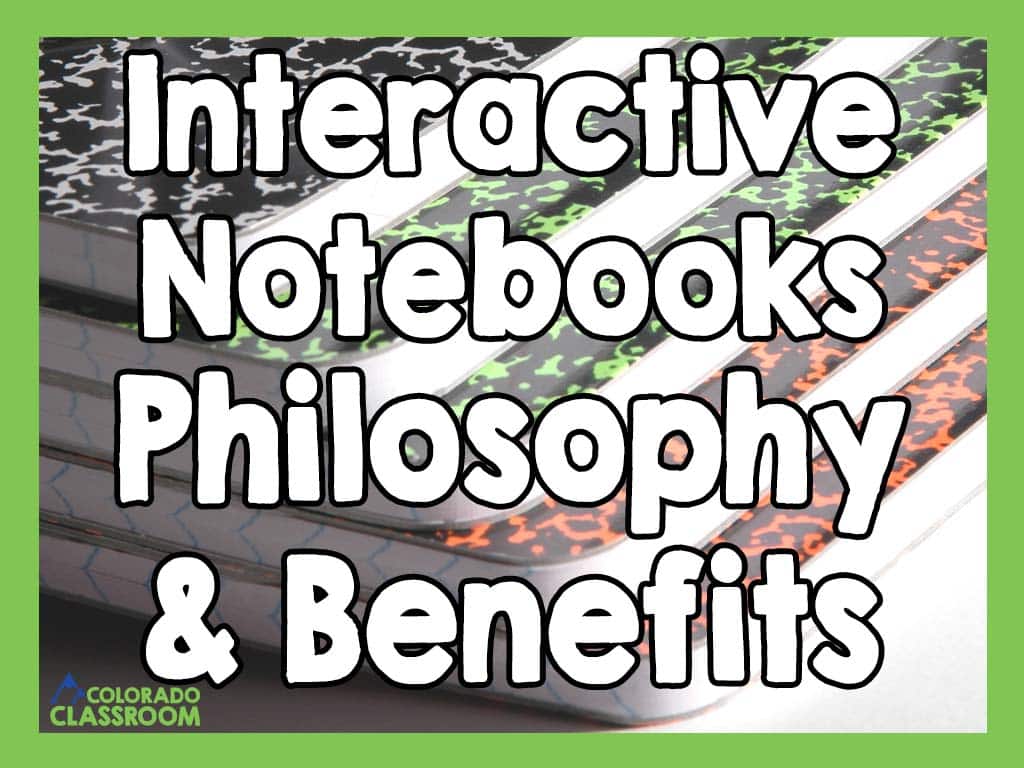
Beloved by many, interactive notebooks (INBs) effectively organize and structure notes and other material. They create a system in which students take in information. Students then synthesize the material and push out their own interpretation of that information. With proper usage, INBs can create a classroom that grows and thrives while addressing multiple intelligences found within all students.
If you are ready to get started with interactive notebooks, check out my post about doing just that. It will help you choose the right book and then set up that book for success right from the beginning.
Philosophy
The idea behind INBs is that teachers present students with notes, information, or other material. Students then take in that information. They synthesize it or integrate it into their brain in a way in which they understand. They are then asked to provide some output to show that they know and understand the material. The student can achieve this output by addressing any of the eight (8) multiple intelligences. By addressing all eight (8) intelligences, interactive notebooks are a wonderful way to include all students in the learning process.
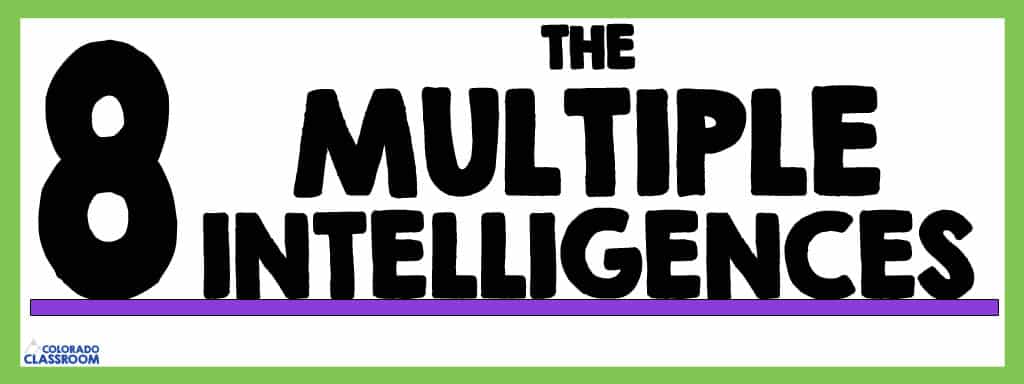
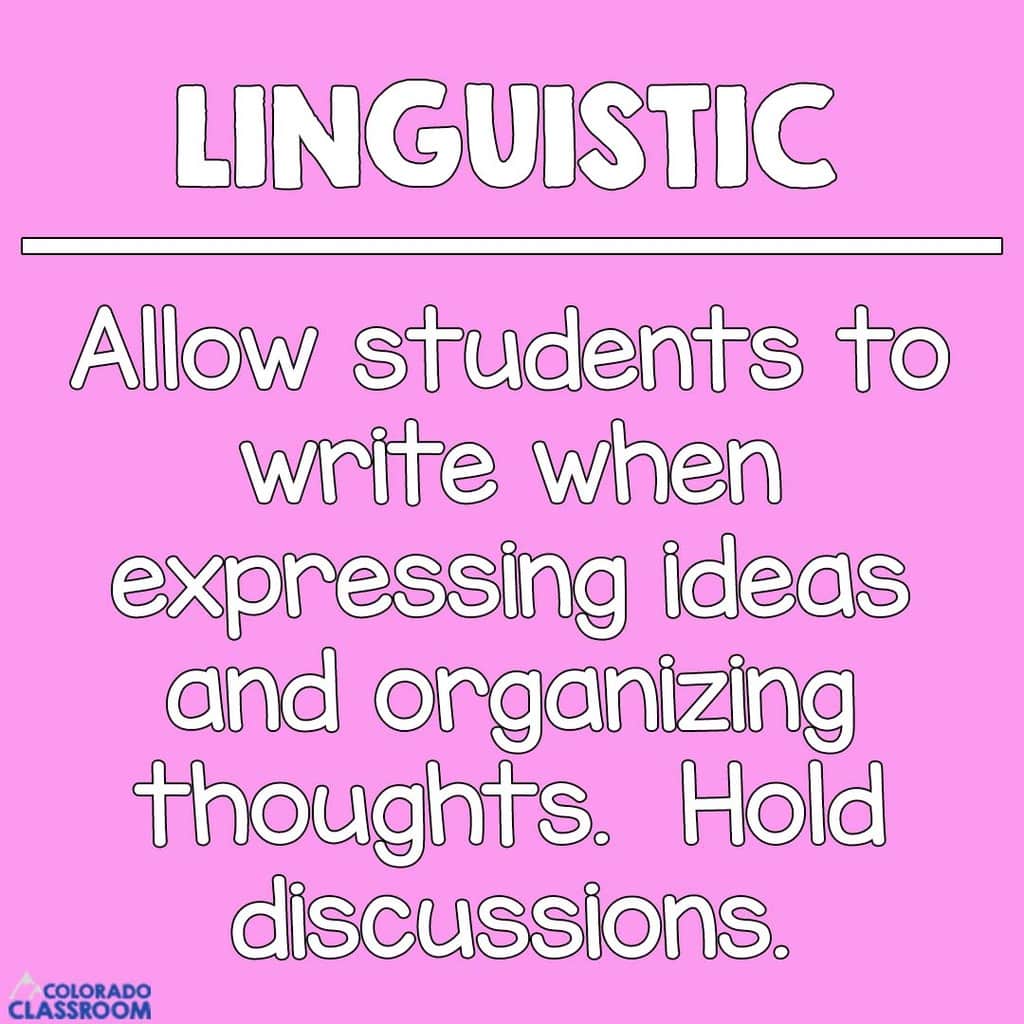
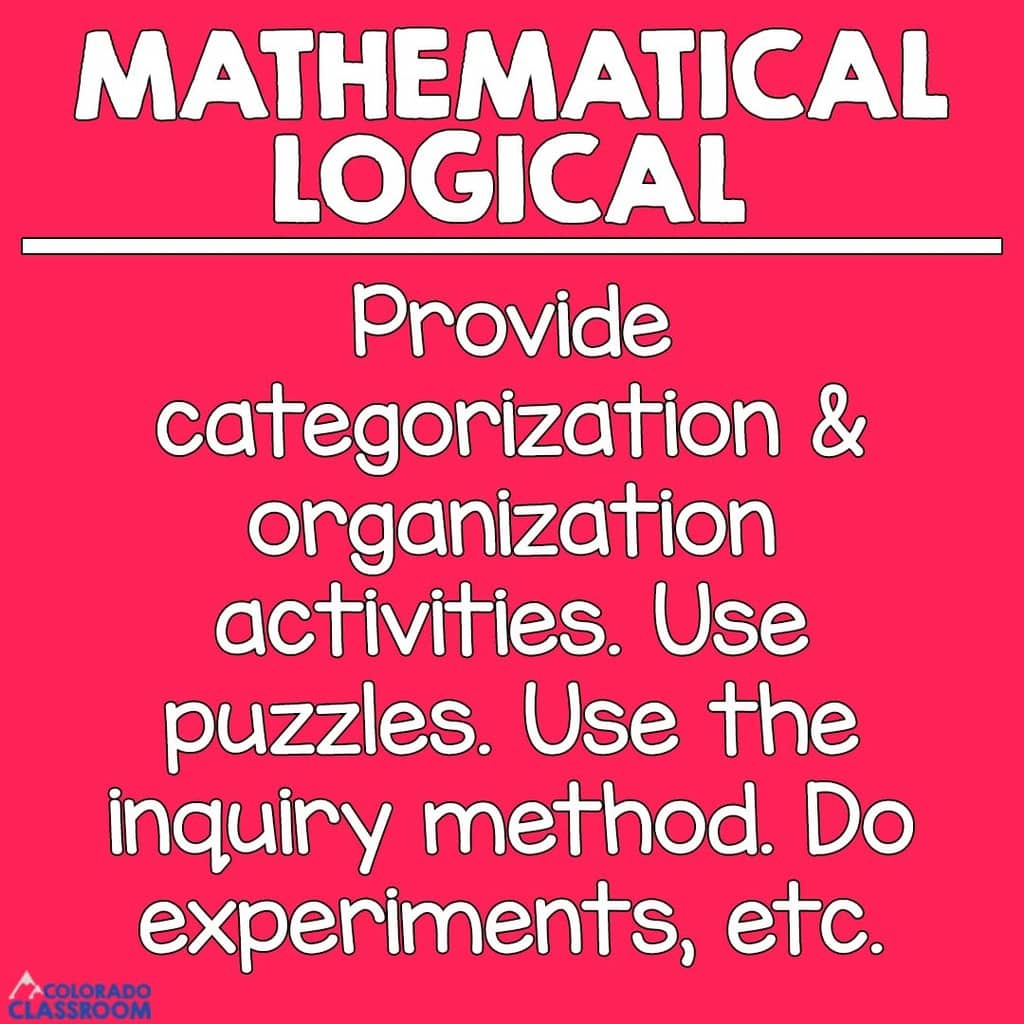
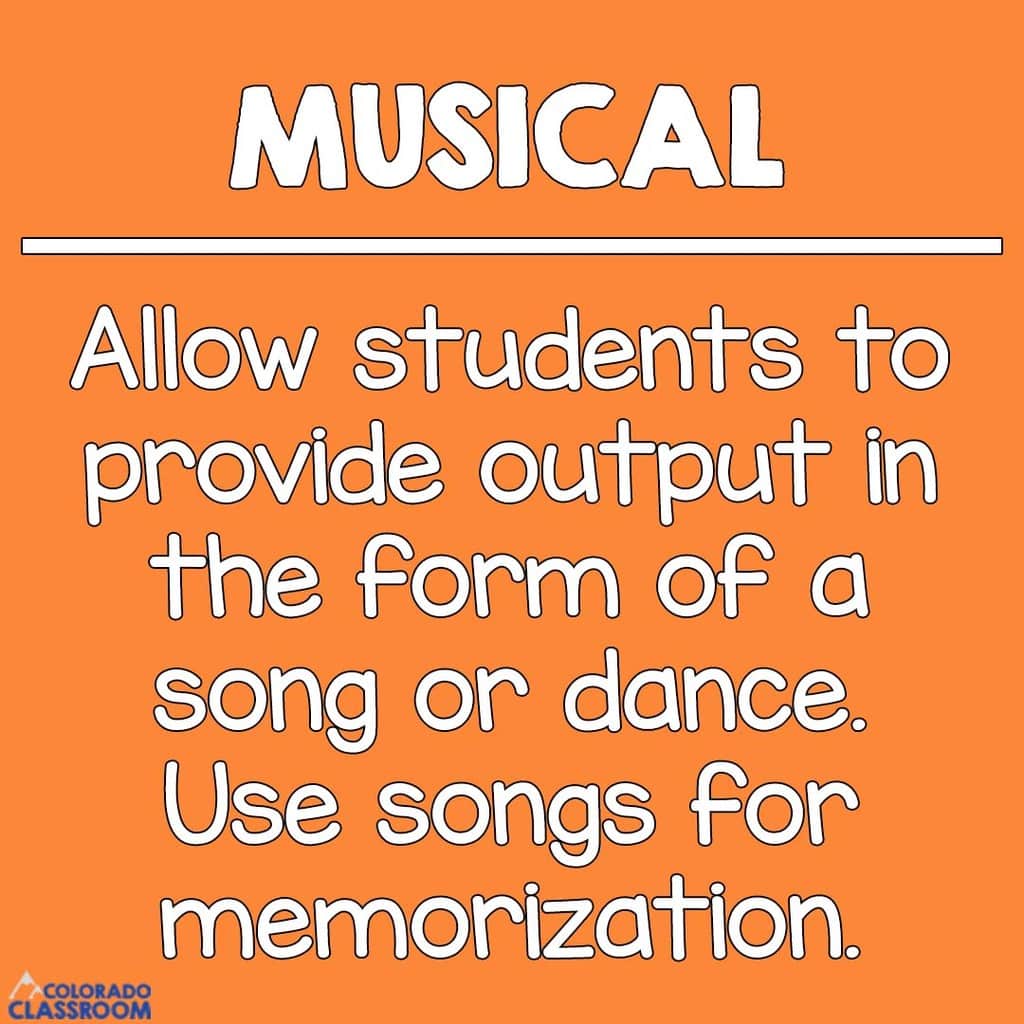
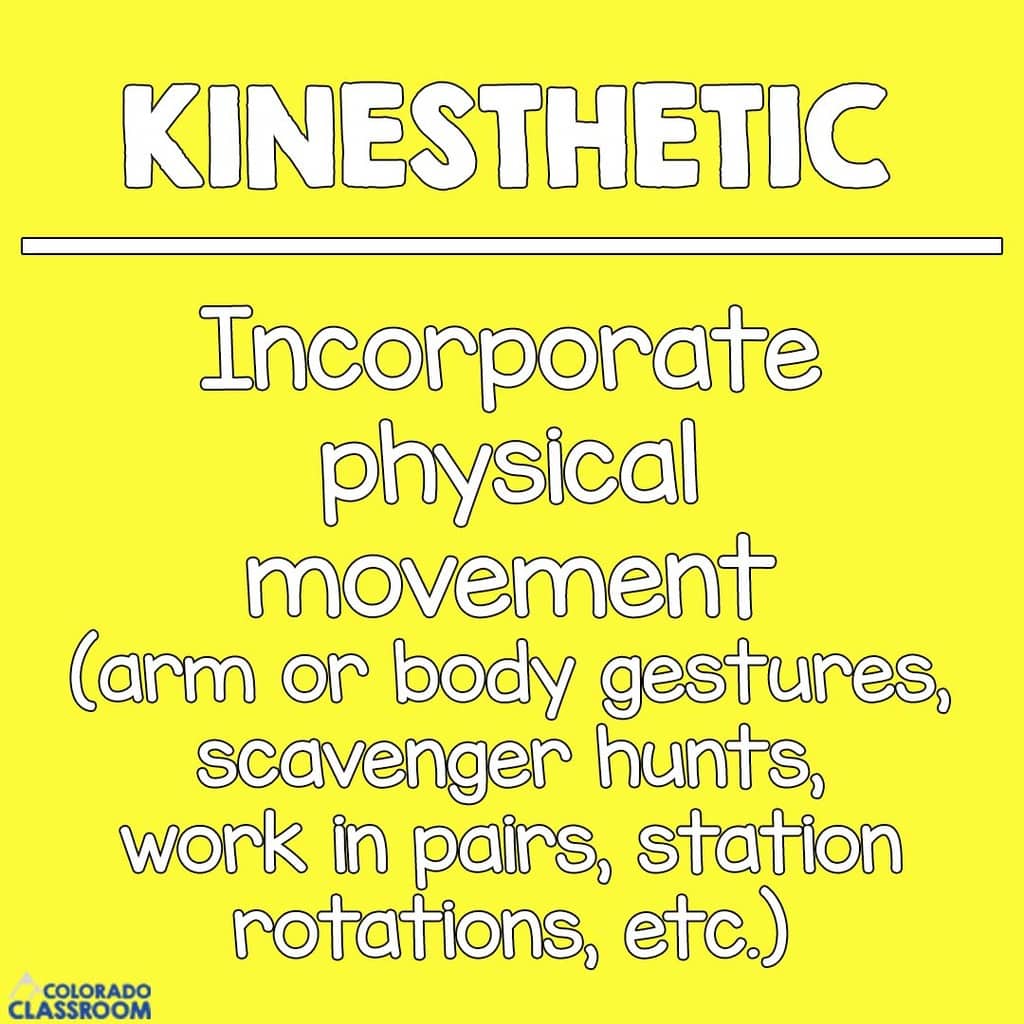
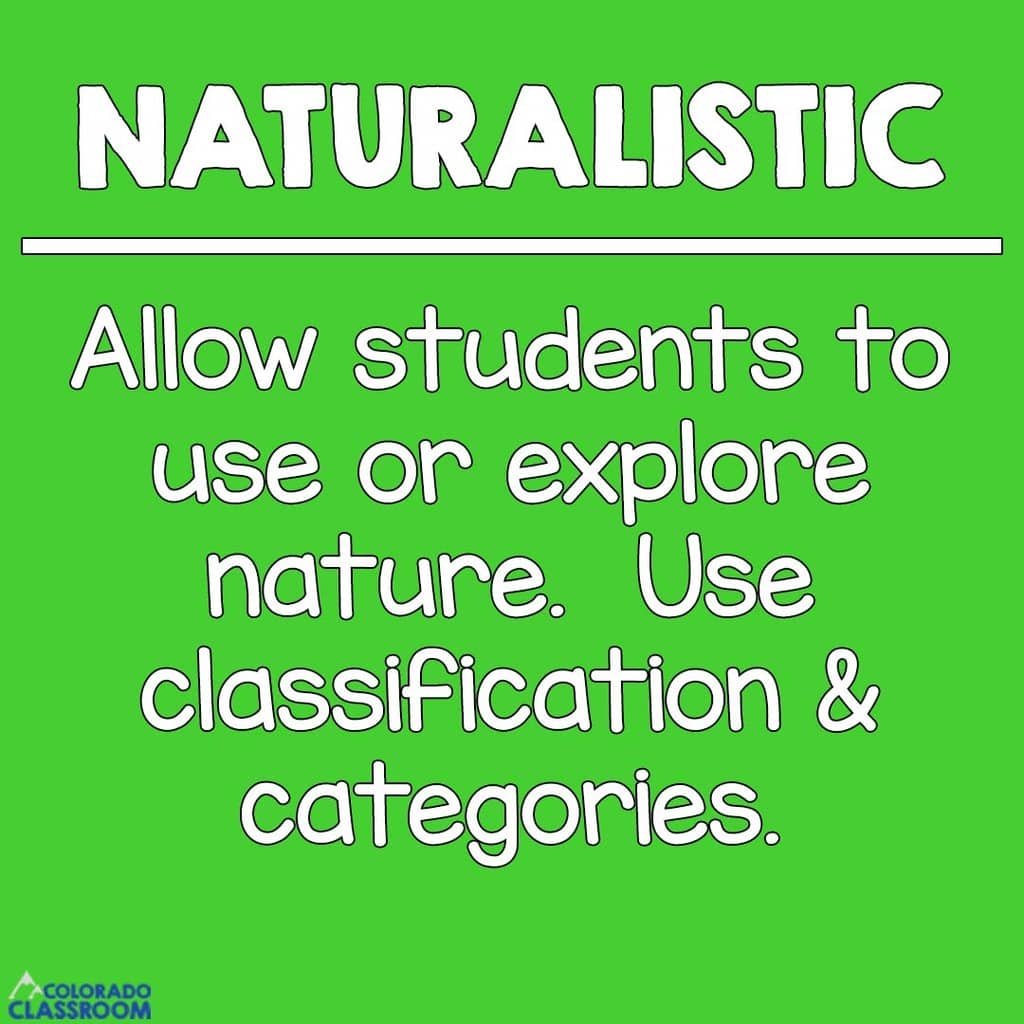
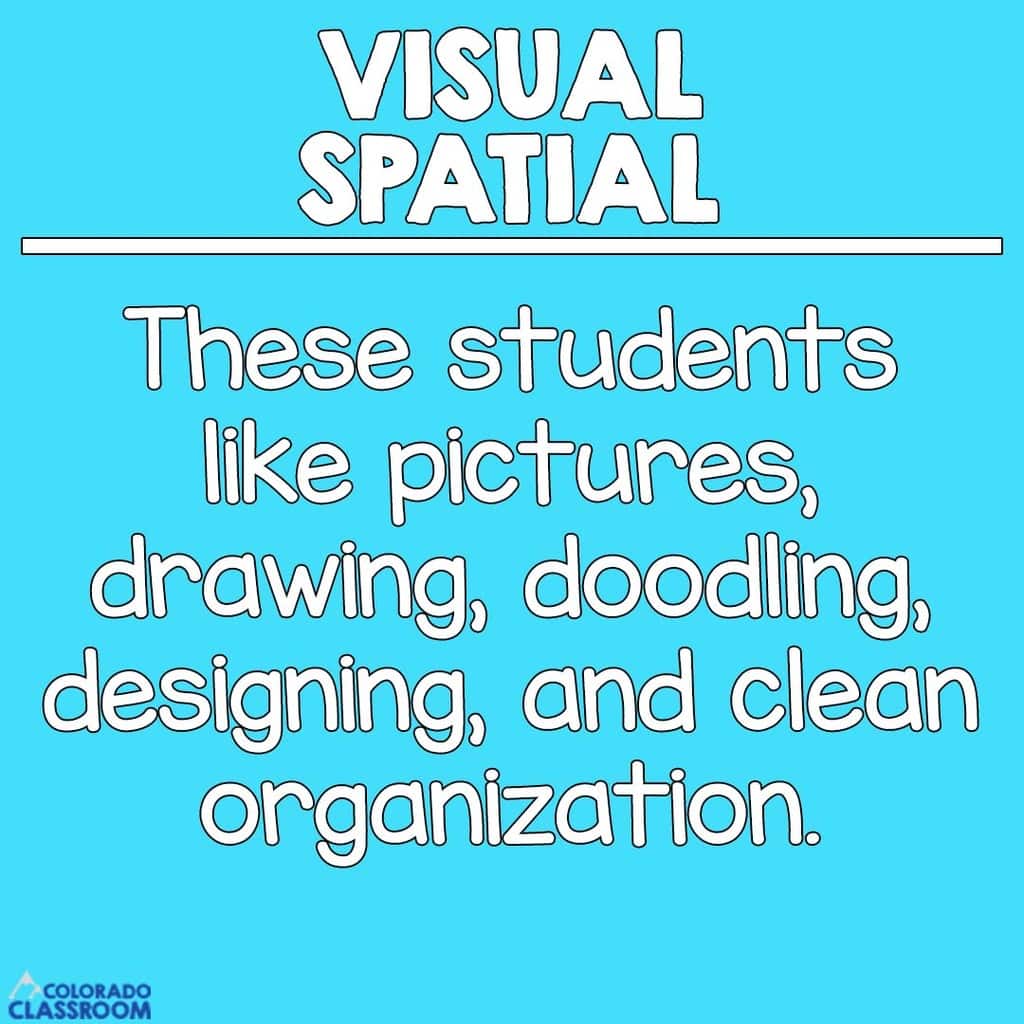
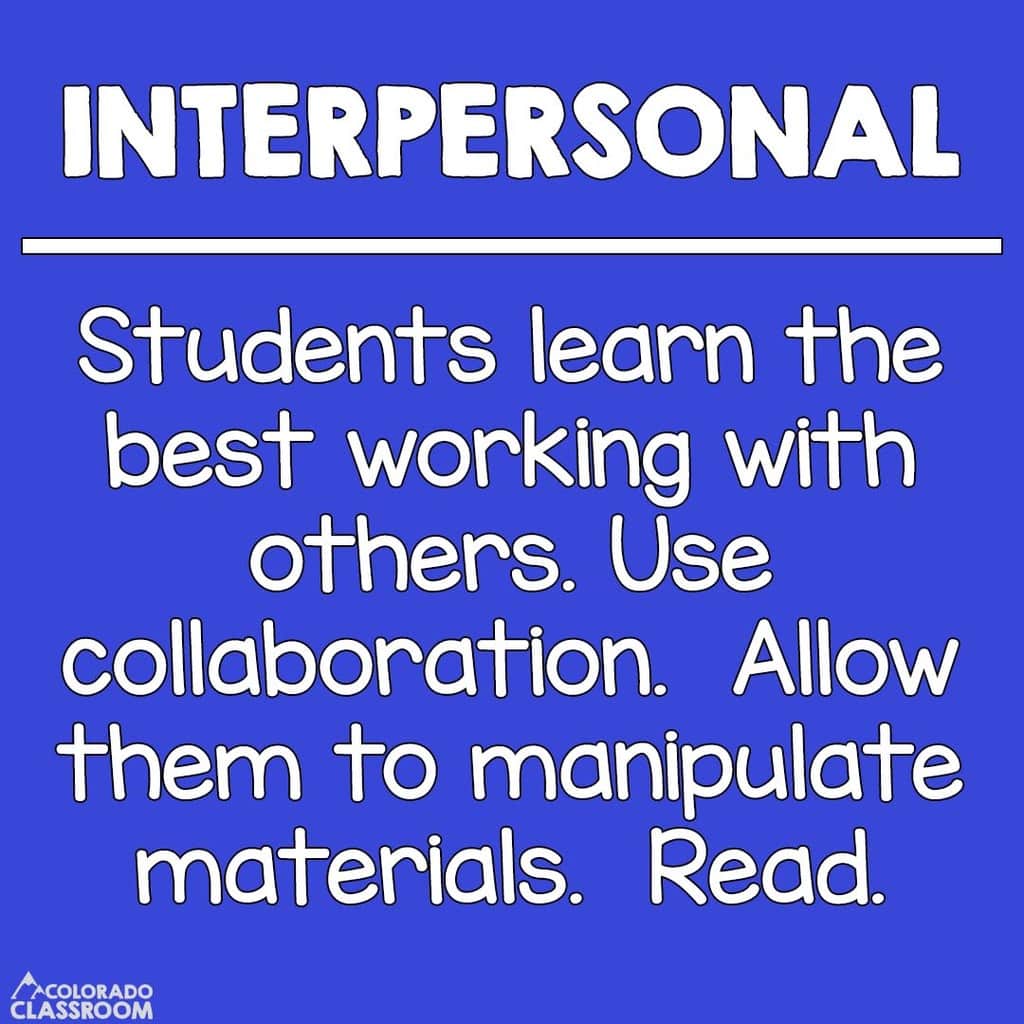
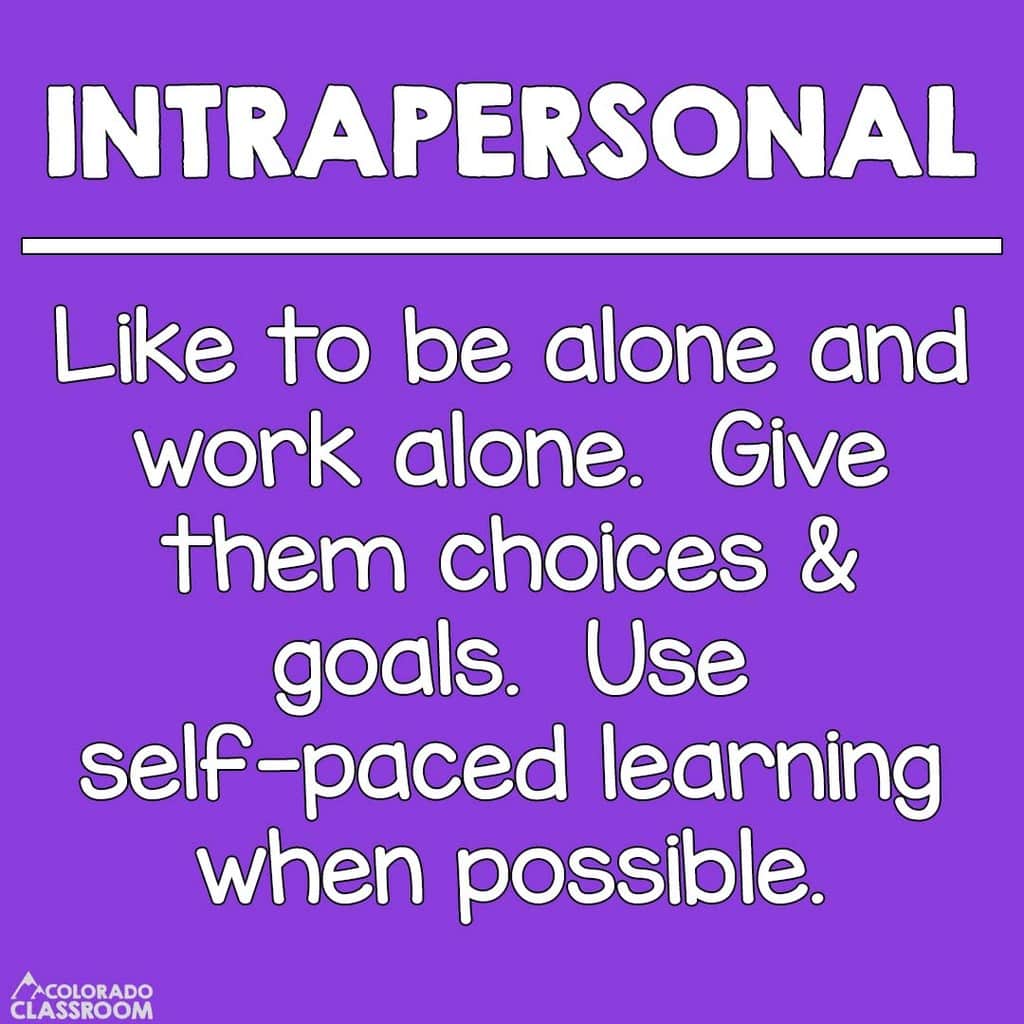
While part of the foundation of interactive notebooks, it was once believed that teacher notes had to go on the left-hand side of the page. The student’s output then took up the right-hand side. Since then, interactive notebooks have changed in creation, structure, and focus, so many variations work. Most blend teacher notes and student output together, which is the main technique I use with mine. However, it has been proven that teacher-provided notes supply the greatest benefit. This is regardless of which method of presentation is used.
Benefits of Interactive Notebooks
Unfortunately, there have been no long-term studies on the benefits of interactive notebooks. Although something that helps students understand how to receive, assimilate, and create something based on their understanding is greatly beneficial to their future. And this is exactly what interactive notebooks do.
Students are asked to write in interactive notebooks frequently. This is an important skill for language and communication. Students are also asked to work on interpersonal and intrapersonal skills while creating their notebooks—both of these help develop a well-rounded individual.
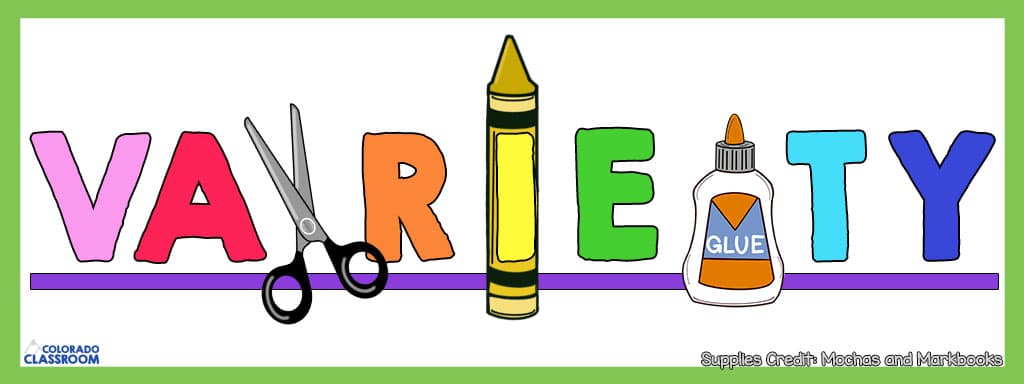
Ultimately, INBs teach organization and structure. They allow for creative thinking. They personalize the learning experience. And they vary the learning environment, so the boring repetitiveness of reading, answering questions, and quizzes, does not exist. Interactive notebooks create organization and structure instead of rigidity and complacency. They create variety, not monotony. And best of all, they create a feeling of success.
Not every student will enjoy everything you put in front of them. My experience over 17 years, however, is that the majority of students like INBs. If you don’t cut, color, and glue them to death, students enjoy the variety that INBs bring. Furthermore, they like learning in all different intelligences. And they thrive when allowed to move, collaborate, and grow independently. Interactive notebooks and their components have been a blessing in my classroom!
The Guide to Interactive Notebooks
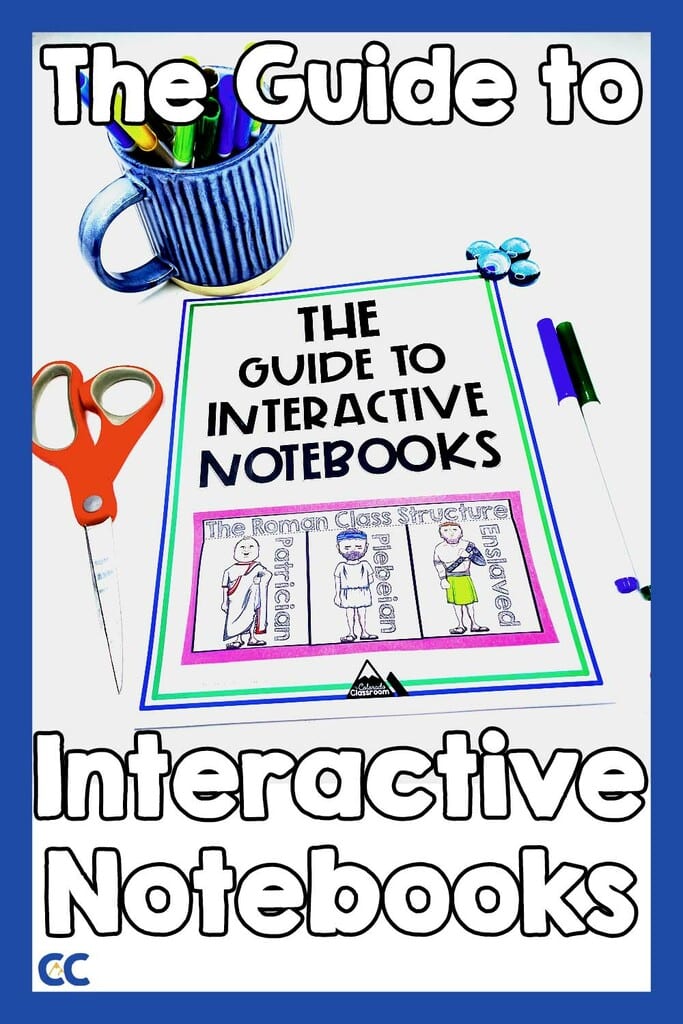
If you’re on board and interactive notebooks sound like something you’d like to try, then I invite you to download The Guide to Interactive Notebooks. This guide is brimming with fourteen (14) pages of information. Find out how to set up, create, make, and grade INBs. It will have you become an expert in no time! You’ll also be able to join a group of like-minded individuals with The Colorado Classroom email list. Get tips, tricks, free resources, and more.
Check out this post on digital notebooks and the opportunities that they foster. This post explains how interactive notebooks are used in a digital setting.
Let me know in the comments what questions you still have so that I can assist you.


I just want to thank you for being generous enough to share your resources. I really appreciate it. I teach middle school Socials, English, Passion Projects and Advisory (mostly 7th) so we have some interests in common. What do you think of this movement to cancel Multiple Intelligences? I don’t agree. Even if it isn’t scientifically provable, we teachers know there’s something to it, at the very least as a way to help students realize they have various gifts in various areas, right? After all, some scientists say sugar does not = hyperactivity but anyone who’s been near kids knows better. 😉 Blessings of the season!
I also disagree. I think there’s a lot out there that we know but can’t explain, and we’re always learning more. I believe there are multiple intelligences, and I do think it is possible to be gifted in more than one intelligence type, but I don’t think we should throw the baby out with the bath water.
Pingback: 3 Interactive Notebook Rules - The Colorado Classroom
Pingback: Getting Started with Interactive Notebooks - The Colorado Classroom
Pingback: History Interactive Notebooks in the Modern Classroom